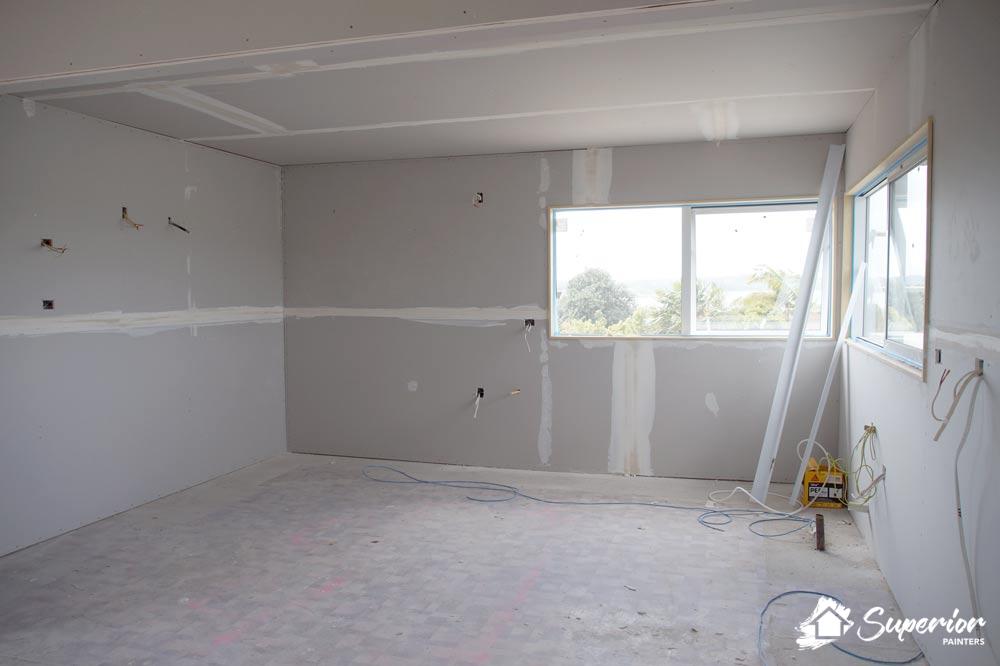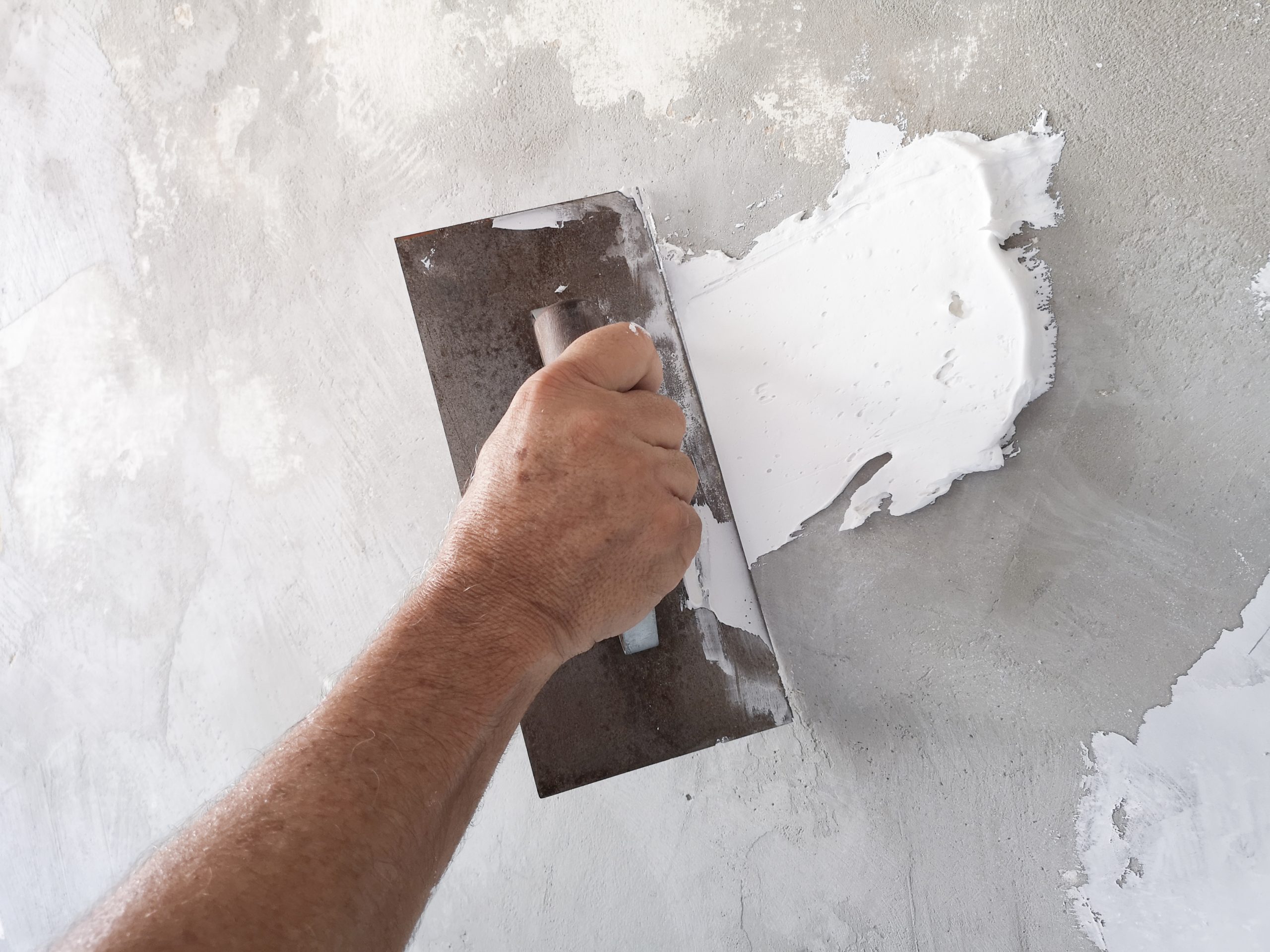Plastering Services Near Me: Locate Trusted Regional Plastering Experts
Plastering Services Near Me: Locate Trusted Regional Plastering Experts
Blog Article
A Comprehensive Overview to Mastering Plastering Skills for Your Renovation Demands

Necessary Tools and Materials
Numerous essential tools serve distinct purposes, ensuring effectiveness and accuracy throughout the gluing procedure. A high-grade trowel, for circumstances, is essential for smoothing and using plaster, while a hawk offers a secure system for holding the material.
Along with devices, selecting the ideal plastering materials is important. Gypsum-based plasters are frequently favored for their convenience and ease of use, while cement-based options are suitable for outside applications because of their toughness. Water and bonding agents play significant roles in accomplishing appropriate consistency and attachment, guaranteeing that the plaster adheres successfully to the surface.
In addition, safety gear such as masks, safety glasses, and gloves is important to secure against dust and inflammation during the application procedure. By assembling the ideal mix of products and tools, plasterers can improve their ability and generate high-quality finishes, ultimately raising the total craftsmanship of their work.
Preparing Surface Areas for Gluing
Achieving a smooth and sturdy plaster surface begins with precise preparation of the surfaces to be glued. This foundational step is vital to making sure adhesion and the long life of the plaster. Begin by analyzing the problem of the substratum-- whether it is drywall, concrete, or stonework-- removing any type of loosened paint, dust, or debris that may disrupt bonding.
Following, fix any kind of imperfections such as cracks or holes. Make use of an ideal filler to attain a degree surface area; this can be crucial for stopping future concerns. Once fixed, make certain the surface area is tidy and dry, as dampness can jeopardize plaster adherence.
For permeable surfaces, it is suggested to use a bonding agent. This item enhances bond and creates a trustworthy interface between the plaster and substratum. If collaborating with previously plastered surface areas, it might be required to mess up or sand the area gently to offer a key for the new plaster layer.
Gluing Methods and Tips
Understanding gluing strategies needs both skill and technique to accomplish a remarkable finish. One important method is the application of the plaster in several slim layers, instead of a solitary thick layer. This approach enables much better bond and minimizes the risk of splitting. Begin with a skim coat, ensuring it is uniformly spread and leveled with a hawk and trowel. Use a straightedge to look for any imperfections before going on to subsequent layers.
When using the coating coat, use a shoveling strategy that includes holding the trowel at a mild angle and functioning in a round movement. This helps to develop a smooth surface area and minimizes the look of trowel marks. Furthermore, keep a spray bottle of water useful to haze the surface area lightly; this maintains the plaster convenient and permits for smoother ending up.
Timing is vital; work effectively, as the plaster begins to establish. Once the plaster has actually firmed up but is still moist, use a wet sponge to gently smooth the surface even more. Finally, enable adequate drying time before sanding or paint, ensuring your effort Go Here leads to a professional, premium finish.
Typical Mistakes to Avoid

Another usual error is using plaster too heavily. Excitable applications can bring about fracturing and prolonged drying out times. It's vital to use plaster in slim, also layers, allowing each coat to completely dry appropriately prior to adding extra.
In addition, not making use of the right devices can hinder the high quality of the finish. Using inappropriate trowels or mixers can produce inconsistencies in the gluing procedure. Constantly go with high-grade devices developed for gluing jobs.
Lastly, several individuals underestimate the importance of timing. Operating in inappropriate temperatures or moisture degrees can adversely impact plaster treating and drying. It is recommended to examine weather and adapt your schedule appropriately.
Completing Touches for a Professional Look
The last phases of a gluing project are vital for accomplishing he has a good point a sleek, professional appearance. When the plaster has actually dried out completely, the following step is to analyze the surface area for flaws. Minor bumps, openings, or uneven locations must be addressed using fine sandpaper or a fining sand block. This careful interest to information is necessary for guaranteeing a smooth finish.
After sanding, it's a good idea to cleanse the surface area to remove any type of dirt and debris. A moist cloth is effective for this function, adhered to by an extensive drying duration. If needed, using a slim layer of completing plaster can enhance the surface better, offering a smooth surface.
As soon as the ending up plaster is dry, an additional round of fining sand might be required to achieve the wanted smoothness. Ultimately, think about using a primer prior to paint or wallpapering, which will boost adhesion and longevity.
Conclusion
Understanding plastering skills dramatically improves the quality of remodelling jobs. A thorough understanding of crucial devices, surface preparation, and effective strategies is crucial for attaining professional outcomes. Recognition of common blunders allows for the evasion of costly mistakes, while interest to ending up touches makes sure a refined appearance. Ultimately, the integration of these components adds to the creation of smooth, durable surface areas that boost the aesthetic value of any room, emphasizing the value of skillful plastering in home improvement undertakings.
Water and bonding representatives play considerable roles in attaining appropriate uniformity and bond, guaranteeing that the plaster adheres successfully click to investigate to the surface. Plastering.


Furthermore, keep a spray container of water useful to mist the surface lightly; this maintains the plaster workable and allows for smoother ending up. (Plastering)
If required, applying a slim layer of completing plaster can improve the surface better, offering a smooth surface.
Report this page